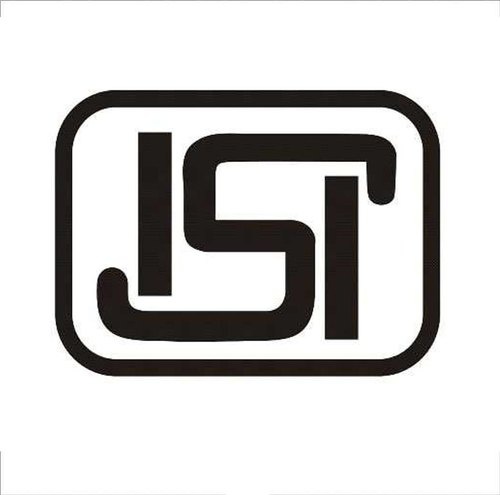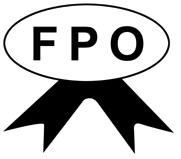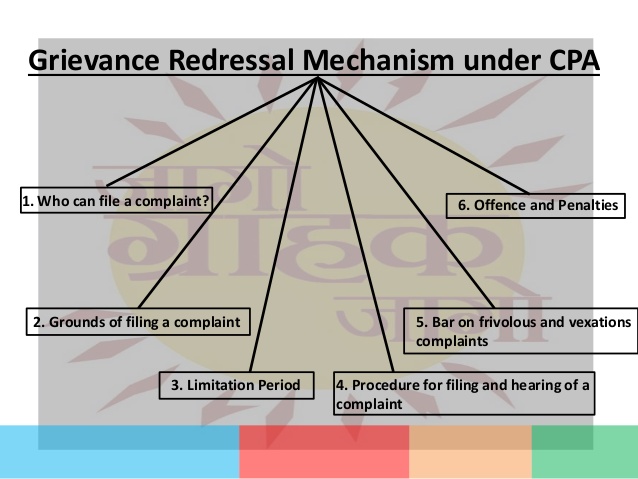CONSUMER AWARENESS
- What is MRP?
A maximum retail price (MRP) is a manufacturer calculated price that is the highest price that can be charged for a product sold in India and Bangladesh. However, retailers may choose to sell products for less than the MRP.
- What are the different kinds of certifications of products and what are the purpose of those certifications?
Ans. There are various kinds of certification of products which are as under:
- BIS Hallmark:

The BIS trademark is a hallmarking framework for gold just as silver gems sold in India ensuring the virtue of the metal. It guarantees that the bit of gems adjusts to a bunch of guidelines laid by the Bureau of Indian Standards, the public norms association of India.
- Agmark:

The term agmark was instituted by joining the words ‘Ag’ to mean farming and’imprint’ for a confirmation mark. This term was presented initially in the bill introduced in the parliament of India for the Agricultural Produce (Grading and Marking) Act.
- ISI Mark:

The ISI mark is a norms consistence mark for modern items in India since 1955. The imprint ensures that an item adjusts to an Indian norm (IS) created by the Bureau of Indian Standards (BIS), the public principles assortment of India. … On account of most different items, ISI marks are discretionary.
- FPO Mark:

The FPO mark is an accreditation mark obligatory on completely prepared natural product items sold in India, for example, bundled organic product refreshments, organic product jams, squashes, pickles, dried out natural product items, and organic product extricates, observing the Food Safety and Standards Act of 2006.
- Non-Polluting Vehicle Mark:

It is a mandatory certification mark required on all new motor vehicle sold in India. The mark certifies that the motor vehicle conforms to the relevant version of Bharat Stage Emission Standards.
- India Organic:

India Organic is a confirmation mark for naturally cultivated food items fabricated in India. Those principles guarantee that the item or the crude materials utilized in the item were become through natural cultivating, without the utilization of compound composts, pesticides, or initiated hormones.
- Ecomark or Eco mark:
Lawful status. Warning. Ecomark or Eco mark is an affirmation mark gave by the Bureau of Indian Standards (the public guidelines association of India) to items adjusting to a bunch ofnorms focused on minimal effect on the environment. The checking plan was begun in 1991.
- What is a GST invoice?
Ans. A receipt or a GST bill is a rundown of products sent or administrations gave, alongside the sum due for instalment.
- what are the mandatory fields that GST invoice should have?
Ans. An expense receipt is commonly given to charge the assessment and pass on the information tax break. A GST Invoice must have the accompanying compulsory fields-
- Invoice number and date
- Customer name
- Shipping and charging address
- Customer and citizen’s GSTIN (if registered)
- Place of supply
- HSN code/SAC code
- Item subtleties for example depiction, amount (number), unit (meter, kg, and so on), the absolute worth
- Taxable worth and limits
- Rate and measure of charges for example CGST/SGST/IGST
- Whether GST is payable on the converse charge premise
- Signature of the provider
If the beneficiary isn’t enlisted AND the worth is more than Rs. 50,000 then the receipt should convey:
- name and address of the beneficiary,
- address of conveyance,
- state name and state code
Here is a sample invoice for your reference:
FAQS ON INVOICE
Q1. What’s the distinction between the receipt date and the due date?
The receipt date alludes to the date when the receipt is made on the bill-book, while the due date is the point at which the instalment is expected on the receipt.
Q2. How to give a receipt under the opposite charge?
If there should be an occurrence of GST payable under opposite charge, you should furthermore specify that assessment is paid on a converse charge, on the GST receipt.
Q3. Is it required to keep up the receipt chronic number?
Indeed, the receipt chronic number must be looked after carefully. You may change the configuration by giving a composed insinuation to the GST division official alongside the purposes behind the equivalent.
Q4. Could I carefully sign my receipt through DSC?
Indeed, you can carefully sign the receipt through DSC.
Additionally, check E-Invoicing under the New GST Return System

